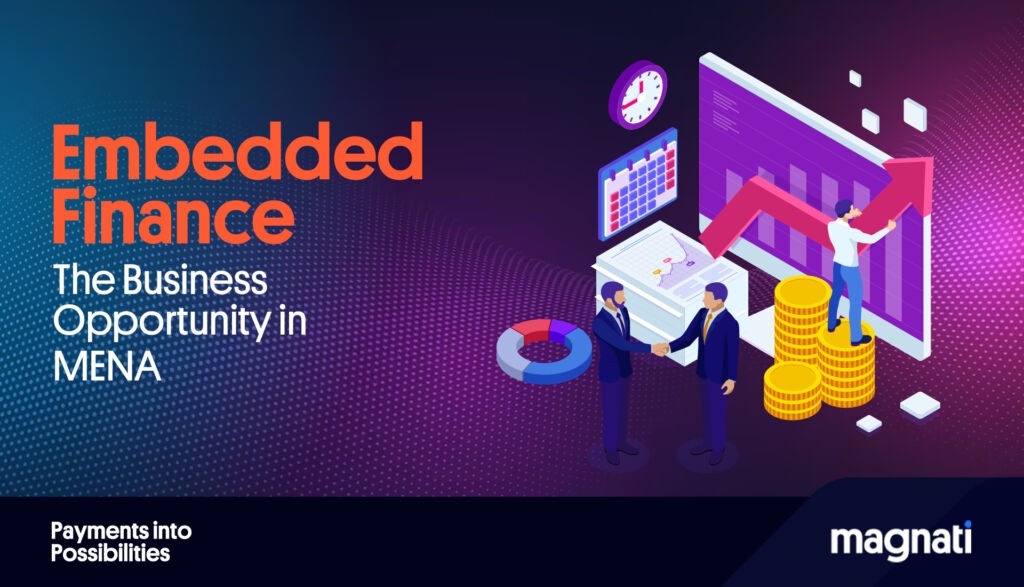The Business Opportunity in Embedded Finance in the MENA Region
The Middle East and North Africa (MENA) region has been witnessing significant advancements in the financial technology landscape, with embedded finance emerging as a game-changing concept. Embedded finance refers to the integration of financial services into non-financial platforms, providing seamless and convenient experiences for consumers. In this report, we will explore the business opportunity presented by embedded finance in the MENA region, backed by compelling industry facts and figures.

Growing Market Potential:
The MENA region has shown remarkable growth in fintech adoption, driven by a young, tech-savvy population and increasing smartphone penetration. According to the State of Fintech report, the MENA fintech ecosystem grew by 52% in 2020, attracting $241 million in investments. This presents a fertile ground for embedded finance solutions to thrive and cater to the evolving needs of businesses and consumers.
E-commerce and Retail:
Embedded finance offers immense opportunities in the e-commerce and retail sectors. By integrating payment and financing options directly into online marketplaces and e-commerce platforms, businesses can provide seamless checkout experiences, enabling consumers to make purchases with ease. For instance, Souqalmal, a prominent MENA comparison platform, has partnered with banks to embed loan offerings within their platform, simplifying the financing process for consumers.
Ride-Hailing and Mobility Services:
The MENA region has witnessed a significant rise in ride-hailing and mobility services, presenting an ideal use case for embedded finance. Companies like Careem, a leading ride-hailing platform, have expanded their services beyond transportation by integrating payment solutions and offering digital wallets. This integration allows users to pay for rides, food delivery, and even access other financial services seamlessly within the app.
Fintech-Telecom Collaborations:
The MENA region boasts a strong telecom sector, and partnerships between fintech and telecom companies have opened new avenues for embedded finance. For example, stc pay, a digital wallet offered by Saudi Telecom Company, enables users to make payments, send money, and access various financial services through their mobile devices. Such collaborations leverage the telecom infrastructure to provide secure and convenient financial solutions to a broader customer base.
Embedded Insurance:
Embedded finance extends beyond traditional banking services to include insurance. In the MENA region, we have seen insurance providers partnering with platforms to offer embedded insurance products. For instance, yallacompare, a leading comparison website, has integrated insurance options into their platform, allowing users to purchase policies seamlessly during the car-buying process or while booking flights.
Conclusion:
Embedded finance presents an enormous business opportunity in the MENA region, driven by the region’s growing fintech ecosystem and consumer demand for seamless and integrated financial experiences. The examples mentioned above highlight the diverse use cases and the potential impact of embedded finance across industries such as e-commerce, ride-hailing, telecom, and insurance.
As businesses in the MENA region embrace embedded finance, they can gain a competitive edge by leveraging partnerships, technology integrations, and a customer-centric approach. By providing tailored and accessible financial solutions within non-financial platforms, companies can unlock new revenue streams, enhance customer experiences, and drive overall economic growth.
As the MENA region continues its fintech journey, it is essential for businesses to seize the embedded finance opportunity, adapt to changing consumer expectations, and harness the power of seamless financial integration. By staying at the forefront of this transformative trend, businesses can position themselves as leaders in the evolving financial landscape of the MENA region.

